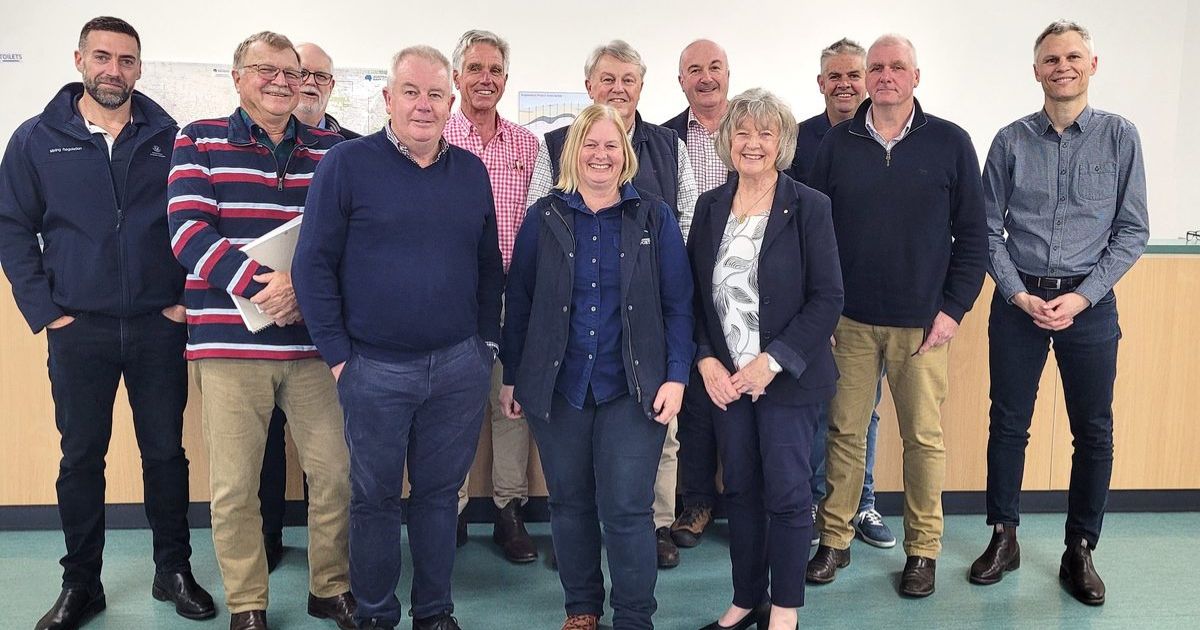Malleefowl nesting in focus to assist threatened species
New Malleefowl nesting mounds have been found in the upper Limestone Coast in known Malleefowl populations. The mounds were discovered using remote sensing technology (LiDAR – Light Detection and Ranging) and confirmed by on ground inspections. The mounds have been added to the region’s monitoring program.
Malleefowl populations are declining and in some parts of the Limestone Coast, already extinct.
On ground activities to protect Malleefowl (Leipoa ocellata) in the Limestone Coast are being supported by the Limestone Coast Landscape Board through funding from the Australian Government’s Environment Restoration Fund – Threatened Species Action Plan – Priority Species Malleefowl Grant. The project activities include the identification of mounds, feral deer and fox control, revegetation, mound protection and pest plant removal.
Habitat Conservation team leader Mark de Jong from the Limestone Coast Landscape Board said work such as monitoring and detecting new mounds was exciting for the trajectory of the region’s Malleefowl population contributing to the national conversation about Malleefowl recovery efforts.
“With our partners National Parks and Wildlife Services SA, we have discovered thirty new mounds which are now recorded and part of our monitoring system,” Mark said. “Twenty of these are now fenced, protecting them from being accessed and damaged by feral deer.
“Our region’s Malleefowl populations are the most southern in Australia, and with a warming climate, may become important for the conservation of the species.
“If we link that to the fact that the state’s largest populations of feral deer occur in this region, the feral deer eradication component of the funding is a significant step towards protecting our Malleefowl at a national level.
“We sincerely thank the Australian Government for the funding, and our partners, National Parks and Wildlife Services SA.”
PHOTOS COURTESY OF NATIONAL PARKS AND WILDLIFE SERVICES SA



















